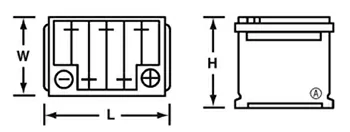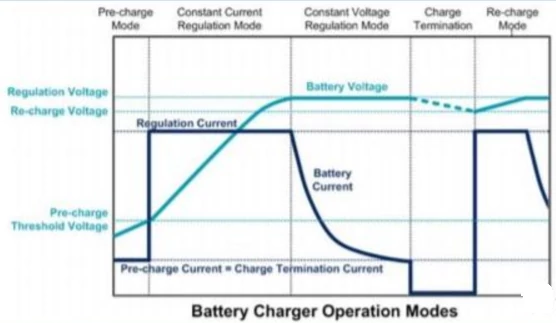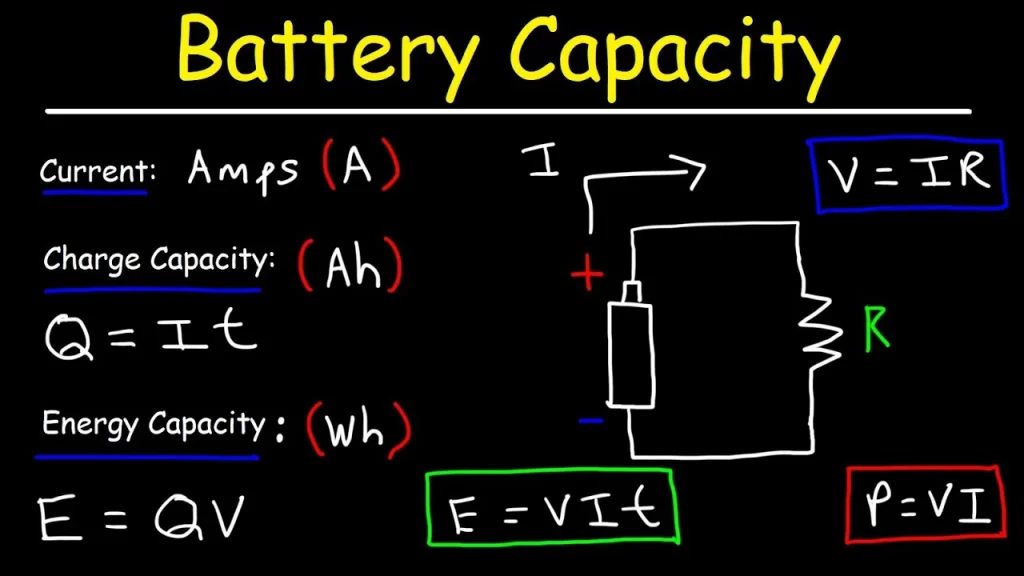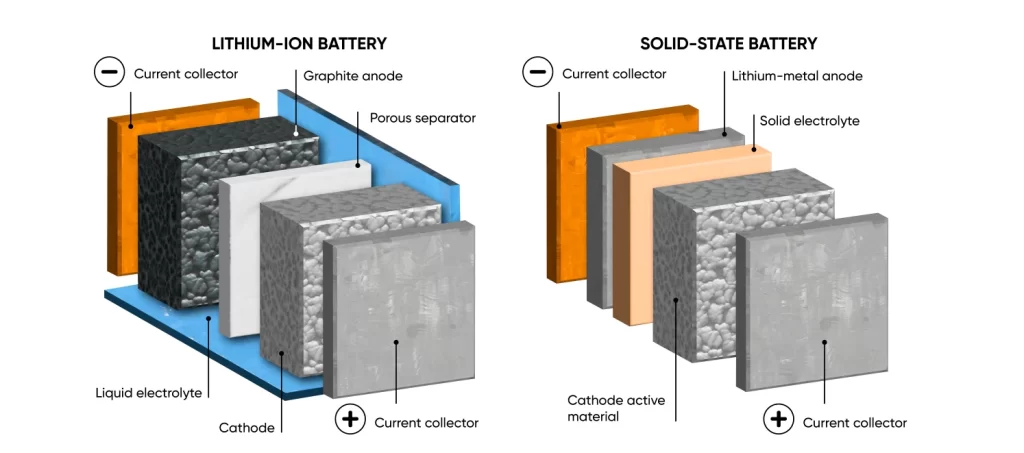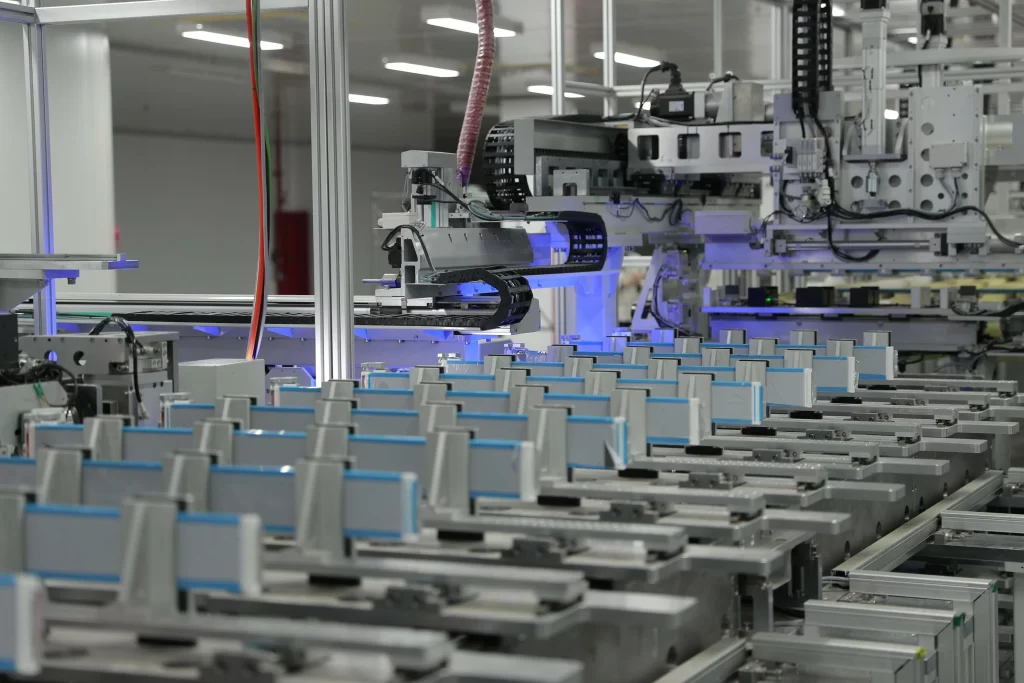Expansion of application scenarios The application scenario of low-speed vehicle batteries is not limited to the traditional mobility scooter field, and its technical potential and applicability provide a wide range of possibilities for other industries. In-depth understanding of the diversified application scenarios of batteries can not only open up new markets for enterprises, but also promote product innovation and technology…

